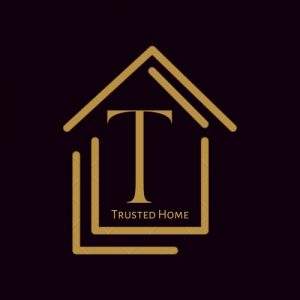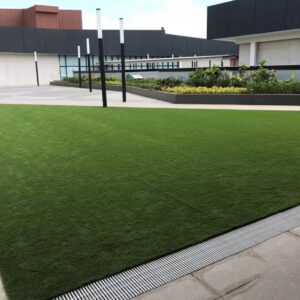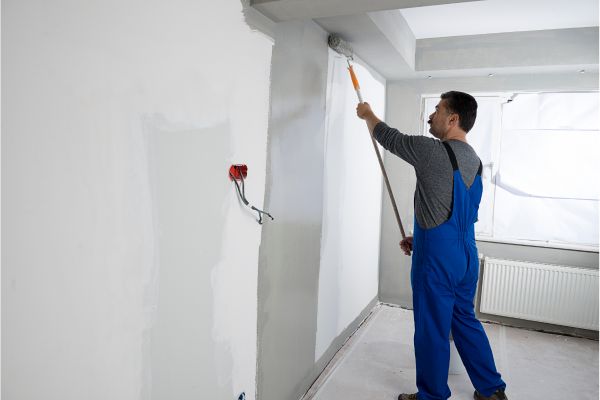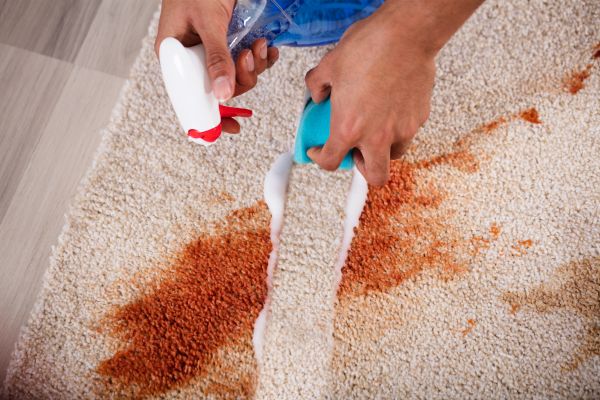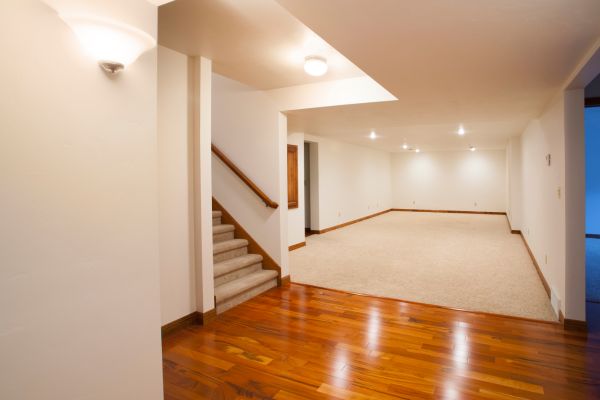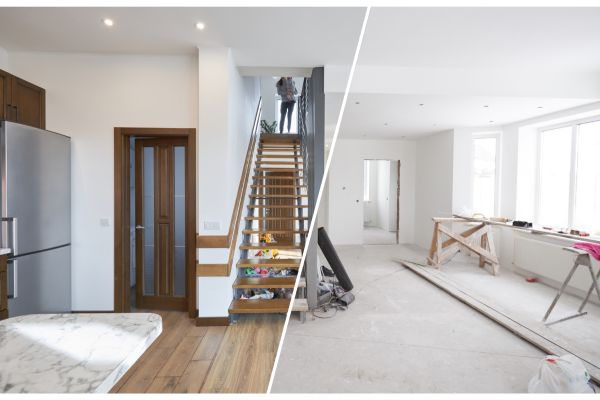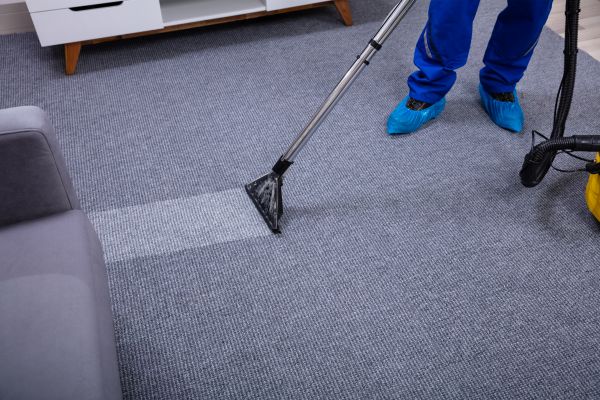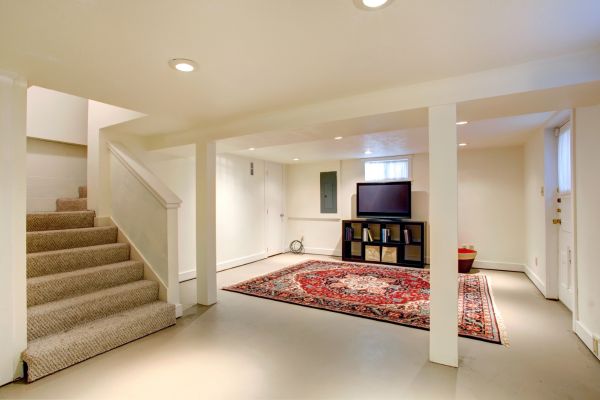In the vibrant landscapes of the Philippines, where greenery flourishes against the backdrop of tropical beauty, the choice between turf artificial grass and natural grass holds significant importance. Landscaping isn’t just about aesthetics here; it’s about sustainability, functionality, and cultural resonance. This blog delves into the debate to help you determine the optimal choice for your Filipino landscape.
Environmental Impact:
When considering the environmental impact, natural grass may seem like the eco-friendly choice. However, the reality is more nuanced. Natural grass requires substantial water usage, particularly in the Philippines’ tropical climate, where water conservation is crucial. Moreover, the reliance on pesticides and fertilizers for maintenance raises concerns about chemical runoff, impacting local ecosystems. On the other hand, turf artificial grass, while initially made from non-renewable materials, eliminates the need for water and chemical inputs, offering a sustainable alternative.
Maintenance Requirements:
Maintaining a lush lawn in the Philippines demands considerable effort. Natural grass necessitates regular watering, mowing, and weeding to thrive in the humid climate. This translates to both time and financial investments. In contrast, turf artificial grass requires minimal upkeep once installed, saving you valuable resources in the long run. While the upfront cost may be higher, the reduced maintenance expenses make it a cost-effective option over time.
Durability and Longevity:
Filipino landscapes face unique challenges, from heavy rainfall to intense sunlight. Natural grass can struggle to withstand these conditions, often succumbing to disease, pests, or drought. Turf artificial grass, engineered for resilience, offers consistent performance regardless of weather fluctuations or foot traffic. Its durability ensures a lush, green lawn year-round, making it a practical choice for the demanding Filipino climate.
Aesthetic Appeal:
Aesthetics play a pivotal role in landscaping decisions, reflecting personal preferences and cultural sensibilities. While natural grass exudes a traditional charm, turf artificial grass offers a pristine, manicured look that remains unaffected by weather conditions or usage. In the context of Filipino landscapes, where lush greenery is revered, both options can complement the natural beauty, albeit in distinct ways.
Cost Analysis:
Investing in landscaping entails evaluating both upfront costs and long-term expenses. While natural grass may seem economical initially, factoring in ongoing maintenance expenses reveals a different picture. Turf artificial grass, despite a higher initial investment, proves cost-effective over its lifespan, thanks to minimal maintenance requirements and longevity. Consider it a wise investment in the sustainability of your landscape.
Health and Safety Considerations:
Health and safety concerns are paramount, especially in family homes or recreational areas. Natural grass can harbor allergens, pests, and harmful chemicals from pesticides. Conversely, turf artificial grass offers a hypoallergenic, pesticide-free surface, reducing health risks and ensuring a safe environment for children and pets to play.
Suitability for Specific Applications:
The suitability of turf artificial grass philippines and natural grass varies depending on the intended application. For residential lawns seeking low-maintenance beauty, turf artificial grass emerges as the preferred choice. In contrast, natural grass may find favor in larger landscapes or public parks where its organic allure enhances the outdoor experience. Consider the specific requirements of your landscape to make an informed decision.
Takeaway
In the dynamic tapestry of Filipino landscapes, the choice between turf artificial grass and natural grass is a multifaceted decision. While both options have their merits, the optimal choice hinges on your priorities, budget, and environmental ethos. By weighing the factors of environmental impact, maintenance requirements, durability, aesthetics, cost, health, and suitability for specific applications, you can make an informed decision that enhances the beauty and sustainability of your Filipino landscape.
